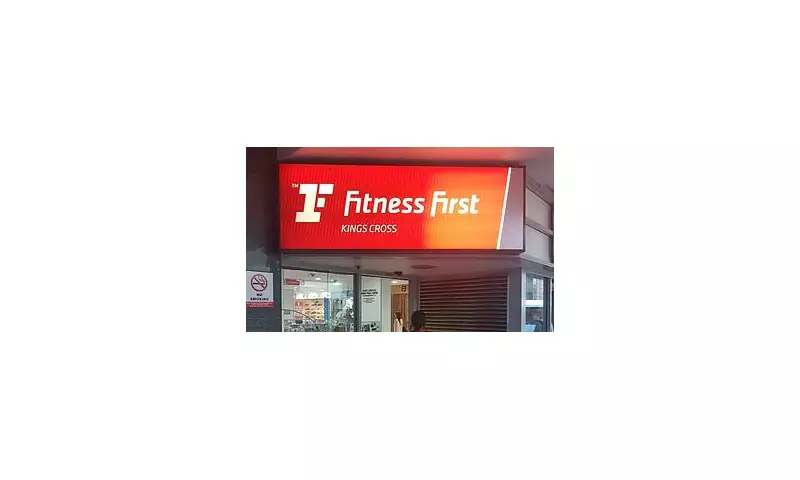
In a significant move for the Asia-Pacific fitness industry, the prominent Australian fitness brands Fitness First Australia and Jetts Fitness are being prepared for sale. Their owner, Quadrant Private Equity, is orchestrating a formal auction for the entire Fitness & Lifestyle Group early next year.
The Sale Process and Key Advisors
According to a report from the Australian Financial Review (AFR), Quadrant has enlisted the investment bank JPMorgan to manage a comprehensive, two-stage sale process. This strategic move is not limited to just the two flagship brands; it encompasses the group's complete portfolio of six distinct fitness brands.
The sale represents a substantial footprint in the region, with the group's operations spanning 330 individual sites across four countries: Australia, New Zealand, Thailand, and Singapore. This vast network underscores the scale of the asset being brought to market.
A Diverse Portfolio of Fitness Brands
While Fitness First and Jetts are the most recognised names in the portfolio, the Fitness & Lifestyle Group boasts a diverse range of offerings. In addition to the well-known gym chains, the group also includes the Australian operation of Barry’s Bootcamp, the high-intensity interval training phenomenon that has gained a cult following worldwide.
This mix of large-format, multi-location gyms and a premium, niche fitness concept makes the group an attractive proposition for potential buyers looking to capitalise on different segments of the health and wellness market.
Market Implications and Future Outlook
The decision by Quadrant Private Equity to divest its Fitness & Lifestyle Group signals a major shift in the ownership landscape of the Australasian fitness sector. The upcoming auction, scheduled for the beginning of next year, is expected to draw significant interest from both trade buyers and other private equity firms.
The outcome of this sale will be closely watched, as it could lead to consolidation, new market strategies, and potentially reshape the competitive dynamics for gym-goers and fitness professionals across the region.





